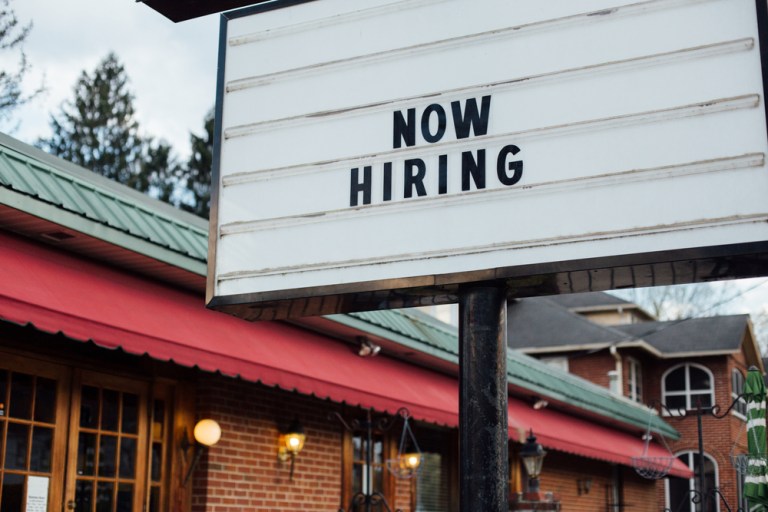Amid Economic Vigor, Small Firms Struggle To Find Talent

The latest jobs report by the U.S. Department of Labor signaled a healthy employment environment for June as 213,000 positions were added in the month, surpassing earlier expectations. Analysts noted an upward revision of job gains in April and May, too.
What does that mean for the small business (SMB) community? Anecdotally, SMB hiring is strong, according to Small Business Administration (SBA) Administrator Linda McMahon, who spoke with CNBC this week. McMahon told the media outlet about one small business owner in Jacksonville, Florida who attributed rising investments and hiring to recent tax reform.
“I hear all these sorts of stories all over the country,” McMahon said. “It’s a very confident business economy. I’m very bullish on it.”
The data, however, shows a different story about how a strong economy is passing its benefits down to the entrepreneurial community. PYMNTS takes a look at the latest jobs reports from Paychex, ADP, the Labor Department, CBIZ and the Graziadio Business School at Pepperdine University to uncover the stats behind small businesses’ financial position in the U.S. today. The research signals a double-edged sword of rising employment.
According to the ADP Research Institute, 29,000 jobs were added in June at small businesses. The most recent ADP National Employment Report found that 16,000 of those positions were added at companies with between one and 19 employees, while the remaining 13,000 were added at firms with 20 to 49 employees. Medium-sized firms — those with between 50 and 499 workers — added 80,000 jobs during the month. According to Moody’s Analytics Chief Economist Mark Zandi, firms’ number-one concern is “finding qualified workers,” and the problem is likely to worsen if job growth remains this strong.
According to Pepperdine’s Graziadio Business School, which released a new report on small business finance in conjunction with Dun & Bradstreet, 69 percent of small firms that won’t seek financing say their cash flow is already strong enough. The report found that only 29 percent of small firms plan to seek external financing in the next six months. For the companies that will seek funding, two-thirds will first go to a bank to do so. The report said that strong SMB cash flow is likely the result of a healthy U.S. economy and, possibly, tax reform. Despite the optimism, however, researchers noted that small firms are less bullish on their revenue outlooks for Q2, with expectations that revenue will grow by 6.2 percent on average, down from growth forecasts of 10.5 percent for the first quarter.
A 1.73 percent increase in small business hiring in June signals a promising trend for SMB employment, according to the latest CBIZ Small Business Employment Index. The report found that the month-over-month hiring increase follows May’s 1.78 percent increase. CBIZ Employee Benefits Executive Vice President Philip Noftsinger said the data “signifies a growing trend in small business hiring,” though he warned that small business hiring could slow in the coming months due to a tightening labor market. Thirty-one percent of SMBs in June increased head counts, the report found.
The 0.69 percent decrease in Paychex’s Small Business Employment Index signals a bit of pessimism in a widely optimistic sea of data for small business hiring. Paychex and IHS Markit released their monthly small business hiring report and found the year-over-year decline in June, marking the 12th month in a row that the index fell below 100. Annual wage growth declined, too, by $0.64 in June. According to IHS Markit Chief Regional Economist James Diffley, “small businesses are having difficulty hiring in the very low unemployment environment,” a conclusion met by other analysts, too. However, what may be more concerning is that, even with a tight labor market, small business employers aren’t increasing wages must.
“With the employment rate at historic lows, we’d expect to see accelerating wages in this type of employment market,” said Paychex President and CEO Martin Mucci in another statement.